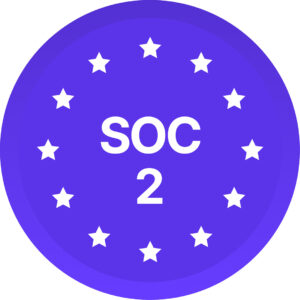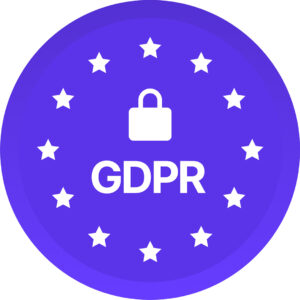In the digital age, communication has become faster and more accessible. One of the most popular forms of online communication is through social media platforms, such as Twitter, Instagram, and LinkedIn. These platforms have introduced new ways of communicating, one of which is the use of hashtags.
Hashtags are a way of categorizing content on social media, making it easier to find and follow topics of interest. They are created by removing the spaces between words to create a single word or phrase preceded by the # symbol. For example, #foodie or #travel. However, not all hashtags are created equal, and some can be difficult to understand or decipher.
Enter Medial Capitals, a term used to describe the use of capital letters in the middle of a word. Medial Capitals come in various forms, such as CamelCase, Kebab-case, snake_case, UpperCamelCase, and lowerCamelCase. They were developed in computer programming languages where spaces between letters were not allowed. With the rise of social media, they have been used in hashtags to make them easier to read and understand.
Why Are Medial Capitals Important?
Medial Capitals are essential for digital accessibility and inclusion. They make it easier for people using screen readers, people with learning disabilities, such as dyslexia, and people learning the language of your communication to understand better what you are trying to say. When hashtags are written without spaces or Medial Capitals, they can be difficult to read and understand.
For example, the hashtag #chesterfield could refer to an item of furniture or a location. By using the camel-back version, #ChesterField, it is easier to understand the intended meaning. Additionally, people with learning disabilities or those whose first language is not English may have difficulty identifying the words hidden within a hashtag. Medial Capitals can make it easier to read and understand the intended meaning of a hashtag.
How to Use Medial Capitals in Hashtags
Using Medial Capitals in hashtags is easy. Simply capitalize the first letter of each word within the hashtag. For example, #DiversityAndInclusion. This is known as CamelCase, which gets its name from the way the capital letters resemble the humps on a camel’s back.
While some social media platforms, such as LinkedIn, use CamelCase in their name, their hashtag suggestions are not always in CamelCase. It is up to the user to manually type their hashtags in CamelCase to improve digital accessibility and inclusion. It is essential to get into the habit of using Medial Capitals in hashtags on all social media platforms.
Using Emojis
Emojis have become a popular way to add personality and emotion to online communication. However, they can also create barriers for digital accessibility and inclusion. Screen readers say the name of the emoji, which can be confusing for people who are not familiar with them. Therefore, it is best to use emojis sparingly and avoid using multiple emojis in a row.
Additionally, not everyone interprets emojis the same way. Limiting how and when you use emojis can help create more accessible and inclusive communication for all your viewers.
Conclusion
In conclusion, Medial Capitals are an essential tool for creating accessible and inclusive online communication. By using CamelCase in hashtags, it can be easier for people with learning disabilities, those using screen readers, and those whose first language is not English to understand the intended meaning of a hashtag. Using emojis sparingly can also help create more accessible and inclusive communication. By incorporating these simple techniques, we can create a more accessible and inclusive digital world.
This blog by Ian More was originally published by Diversio EDU (formerly CCDI Consulting) in January 2023.
Our newsletter and blogs feature personal opinions and diverse viewpoints. We aim to create a safe space for our team to share their perspectives on diversity and inclusion. Please note that individual articles may not align with every reader’s view or comprehensively cover a topic. We appreciate the diversity of opinions and respect our team’s contributions.

